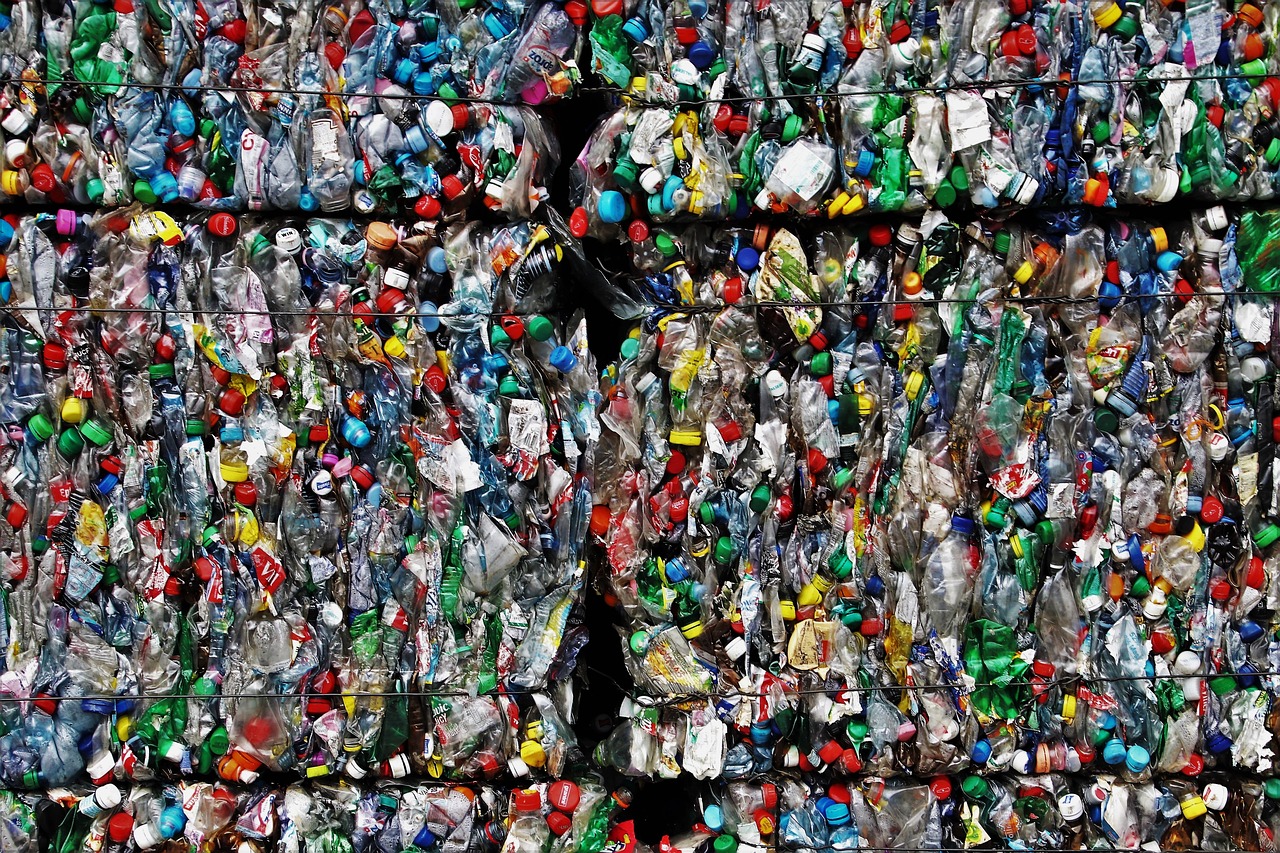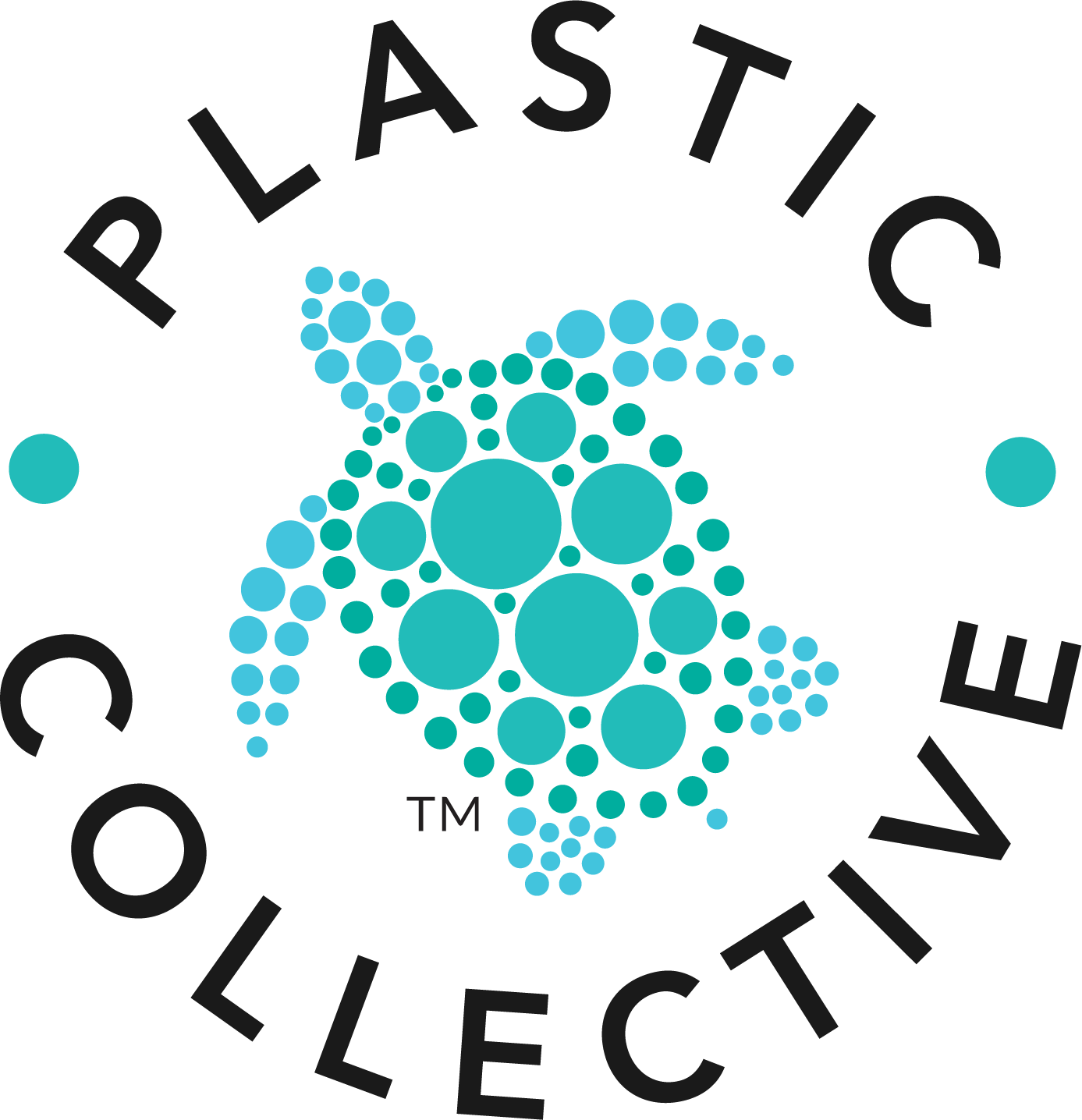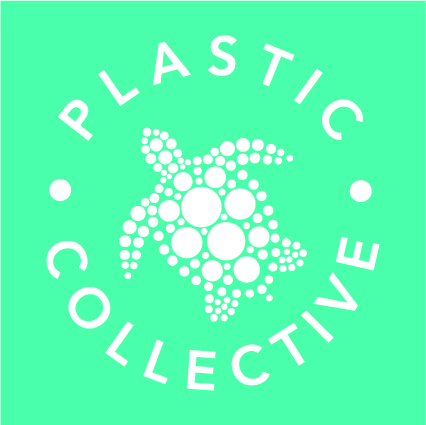How Effective Is Plastic Recycling?

Is Plastic Recycling Effective?
Most of us have come to understand that plastic is bad for the environment and can have a negative impact on our health. This is why in many countries plastic recycling schemes have been implemented and many people, at an individual level, try to recycle the plastic that they use. This raises the question, how effective is plastic recycling?
Here we will examine the process of plastic recycling. Find out what happens to recycled plastic, how effective recycling is, and what individuals and businesses can do to help and ensure plastic use is reduced, and what plastic that is used, is recycled
Introduction to Plastic Recycling
Plastic recycling is the process of taking used or discarded plastic and processing it into new materials and products. One goal of this process is to help conserve natural resources. Other key goals include preventing pollution through excessive plastic manufacturing , and reducing the amount of plastic waste that ends up in our landfills or discarded as waste into the environment and oceans.
One of the problems with plastic is that there is not just one plastic type. Plastic comes in various forms and not all these plastics can be easily recycled. One of the key problems is that depending on the location, the types of plastic that can or cannot be actively recycled can differ depending on the facilities and initiatives in place at a local level.
Plastics can be divided into two main categories: thermoplastics and thermosets. Thermoplastics are flexible and can be melted and reformed into different shapes, while thermosets are rigid and cannot be easily melted.
When it comes to recycling, thermoplastics are typically recycled, whereas traditionally thermoset plastics have not been recycled, although they may have been used for energy retrieval using incinerators. Today with technological advancements, it is possible to recycle thermoset plastics, but the recycling rate for these plastic types are low since most recycling facilities do not recycle this type of material.
The most recycled plastics are Polyethylene terephthalate (PET), High-density Polyethylene (HDPE), and Polypropylene (PP). Often these plastics are single use plastics and are only used once, such as plastic bottles. Typically, single use plastic products that are made from these plastic types are plastic containers such as water bottles, soda bottles, milk cartons, shampoo bottles and food containers.
However, there are other plastic products that are single use but are very difficult to recycle (apart from highly specialist facilities). These include multi-layered packaging such as crisp packets (due to the aluminium layer inside) and other plastics such as plastic film, that food is often wrapped in. These items can be made from a range of plastics including Polypropylene (PP), Polyvinyl chloride (PVC), Low Density Polyethylene (LDPE) and even Nylon or PET. While technically these products can be recycled, often local facilities again do not always support the recycling of these materials. This means that either these plastic types are discarded in traditional ways or need to be shipped to specialist facilities, which is not always cost effective.
It can be difficult to ascertain what plastic types can be recycled and where that specific plastic material can be processed. Unfortunately, there are no hard and fast rules as to the availability of recycling facilities. That is why most plastic packaging has a Recycling International Code (RIC) label, a small triangle with a number inside) which denotes the type of plastic it is. The RIC can be cross-checked with local recycling initiatives to discover whether they accept the plastic type or not.
The Recycling Process for Plastics
The recycling process for plastics starts with collecting or ‘Recovery’. This is one of the problematic areas of recycling plastic since if the plastic is not collected in the first place, it cannot be recycled. Often this ends up being something that either businesses or consumers need to actively get involved with, to ensure that as much plastic as possible can be recovered.
How plastic is collected is varied but one of the key issues is ensuring that the right types of plastics are collected and those plastics that cannot be recycled are not included. Often this can lead to some confusion because different schemes may be in operation at a local level, and this might even differ within an individual country. This is because plastic materials are usually dealt with at a local recycling plant and not all facilities have the capabilities to deal with all plastic types. This is why different curbside recycling schemes may be in operation in any given area.
Another big issue is that often waste isn’t collected in the first place. For example, plastic from fast food containers may get separated into recyclable materials or the plastic wrappers might just get thrown into the general rubbish depending if it is a Waste Management facility or a Resource Recovery site. This is one of the reasons why plastic recycling, whilst beneficial, isn’t the complete solution to the plastic problem. Ultimately, reducing our dependence on plastic products is a far better strategy if we really want to deal with the problem of plastic waste.
Recyclable materials that are collected will end up at recycling plants, also known as Materials Recovery Facilities (MRFs), where it is subsequently processed.
The second stage of the plastic recycling process is sorting the plastic. Plastic recyclables are sorted by resin type, so that each type can be processed separately. This helps ensure that the recycled plastic can be used to create high-quality materials and products.
Sorting plastics from organics materials is extremely important to avoid contamination of the plastics. While, the sorting at MRF’s will separate hard to recycle materials such as PVC, PS, multi-laminates and soft plastics, it is helpful to know what is recycled in your area and the facility requirements, eg. some facilities ask for soft plastics to be removed’.
There are many ways that plastic can be sorted at a recycling plant. Without going into technical details, the process can involve manual intervention where humans help sort the waste. Typically though, the process is automated and technology is used to identify and sort the plastic (and other recyclable materials) into its various types.
The next step that the plastic waste undergoes is washing. This is to remove any labels, adhesives, and waste materials (such as organic & food) from the plastic. If the contaminants are not removed, this can have a negative impact on the overall quality of the recycled plastic material, which can limit its use.
The next process involves shredding and cutting up the plastic materials. The way the plastic is shredded, or ground, may differ depending on the type of plastic materials that are needed.
Finally, once shredded, the plastic is then heated up to make the plastic malleable. It is then reformed into plastic pellets that can then be used as a manufacturing material to make new plastic products out of the recycled plastic waste. This is why thermoset plastics (20% of all plastics) are not typically recycled in the traditional way, since they undergo a chemical reaction and ‘set’ hard and will not melt with heated.
Once remoulded plastic can be used to make a wide variety of products, from food containers and plastic bags to furniture and clothing. Many companies are now using recycled plastic in their products, to reduce their environmental impact and virgin materials.
The Effectiveness of Plastic Recycling
One of the key questions about plastic recycling is how effective it is. Sadly, one of the big problems with plastic recycling is that only a small quantity of the plastic that could be recycled, is recycled. Current data suggests that globally only 15% of plastics are recovered, with just 9% of it actually being recycled. There is a long way to go before plastic recycling is truly a solution to the plastic waste problem.
While there is some good news in that recycling plastic is becoming more efficient and more effective thanks to advances in technology and through the use of improved recycling processes. The bad news is that with our ever increasing reliance on plastic, it means that plastic pollution continues to increase and get worse, since a demand for new plastics far outstrips the amount of plastics that ends up in the recycling bin.
Recycling is one part of the solution. We need to reduce our consumption, recover all plastic materials in use, repurpose as much as possible by reusing or remaking, then the easy to recycle materials (PET, HDPE and PP) should be remanufactured to reduce the need for more virgin plastics. Recycling is the third part of the solution in the Ellen McArthur Global Commitments and a key part of the circular economy.
Challenges Facing Plastic Recycling
Despite the advances in technology and recycling processes, there are still many challenges facing plastic recycling. One of the biggest issues is contamination. Contamination occurs when a plastic product is mixed with another material or substance, such as food or dirt. This makes the material difficult to recycle, as the contamination will interfere with the melting and moulding processes. Source separation is an essential component to solving this problem – ensure organics and plastics are kept separate through education and management.
Another challenge is something we’ve already mentioned which is that not all plastics can be recycled. Some plastics, such as Styrofoam and PVC, are not easily recyclable, and must be disposed of in other ways. This means that even when plastics are recycled, some of them will still end up in landfills. Recycling programs at a local level can vary dramatically from being comprehensive to non-existence. Therefore, waste management is a big challenge for the recycling industry. Plastic materials that cannot be reused, repurposed or recycled should not be used – as a circular economy principle, these cause the biggest problem and create landfill or environmental pollution.
Finally, the quantity of plastic that is produced that could be recycled but isn’t, is very high which is a significant contributor to the plastic problem that we are facing today. There is a lack of local recycling facilities available to deal with plastic recycling, as the majority of communities are operating waste management, not resource recovery facilities. According to Our World in Data – 55% of the global plastics that are produced will end up in landfills and 25% are destined for incineration. The greatest contribution to the massive plastic waste crisis is the single-use packaging industry.
The Benefits of Plastic Recycling
Despite the challenges, there are still many benefits to plastic recycling. Recycling plastic helps conserve valuable natural resources. The manufacture of plastics is very intensive since fossil fuels and petrochemicals are used in the manufacture of traditional plastics. When plastics are single use, they come at a very high cost to the environment. The tons of plastic that is produced annually also create carbon emissions as a by-product of their manufacture. Recycling plastic does help reduce this high cost.
Plastic recycling also helps to reduce pollution, since new plastics are not needed to be manufactured and waste plastic isn’t incinerated which contributes to climate change and global warming. Recycling plastic can also help reduce the amount of energy used to produce new products. This is because it takes less energy to recycle plastic than to create new material from scratch.
Recycling plastic also helps reduce the amount of plastic waste that ends up in landfills or the oceans, reducing the impact plastics have on these environments. When plastics are dumped in landfills, they break down into microplastics and toxic chemicals can leach into the earth. When plastics end up in the oceans, they have a terrible impact on marine life. Plastics can even enter the human food chain through this ocean waste.
Recycling plastics also helps create jobs in the recycling industry. In developing countries recycling initiatives can provide valuable income to communities through local recycling projects such as the ones that the Plastic Collective are involved with.
The Future of Plastic Recycling
On the surface it might seem at least that the future of plastic recycling is bright. However, plastic use continues to grow, and this means that plastic will still be destined to end up in landfills. Recent estimates from the OECD, suggest that plastic waste is on course to triple by 2060 with half of this plastic not being recycled. Both population and economic growth are two factors as to why governments are losing the battle against plastic, as well as increasing single-use plastic packaging consumption.
As technology advances and more companies embrace the use of recycled materials, the amount of plastic waste that ends up in landfills and the environment has the potential to decrease. But, if our plastic usage continues to grow as predicted, regardless of any advancement in recycling technology, the future for the environment has a negative outlook. Only with a continued level of innovation and commitment from businesses, can we ensure that fewer plastics end up in landfills and in the environment.
Plastic recycling is an important part of reducing plastic waste and conserving natural resources. With advances in technology and improved recycling processes, more of the plastic we use can be recycled and reused.
It’s important to remember that not all plastics can be recycled, so it’s important to reduce our reliance on plastics. Businesses have a key role to play in this and consumer choice is an important factor. If we choose not to buy a product because it contains plastic, then businesses will react accordingly.
Unfortunately, when it comes to consumers, often price and convenience in the short term, is a more important factor than the potential benefits to the environment. This is where governments and countries need to work together to tackle the problem of plastic use and pollution.
This is where schemes such as the United Nations – End Plastic Pollution initiative may help. Schemes that add restrictions and legislation to both businesses and the plastic industry may be the only way to effectively tackle the plastic waste problem.
How the Plastic Collective Can Help
The plastic waste problem is a global issue that needs to be addressed. It is essential that steps to reduce the amount of plastic waste in the environment are taken, as this can have a devastating effect on the environment and long-term human health.
By developing sustainable alternatives, reducing plastic usage, recycling plastic waste, and implementing laws and regulations, a real difference in the fight against plastic pollution can be made.
The Plastic Collective helps reduce the plastic problem in a number of innovative ways.
Plastic Collective work with communities to reduce plastic waste. The Plastic Collective provides education programs and supply machinery and training to communities to build sustainable plastic recycling micro-enterprises. The Plastic Collective also provides a marketplace for communities to sell the recycled plastic products that are produced.
The Plastic Collective also supports businesses reduce their plastic footprint through our innovative plastic offsetting scheme. We can help you identify, plan and improve areas of your business in terms of plastic reduction.

